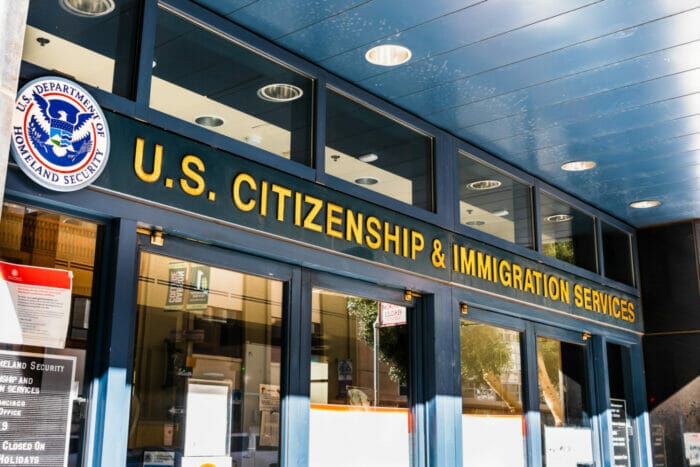
A new immigration rule from U.S. Citizenship and Immigration Services (USCIS) is now in effect. As of April 11, certain people living in the U.S. are required to register with the federal government — even if they’ve been here for years.
If you’ve never had formal contact with immigration authorities, or if you entered the U.S. without a visa or official inspection, this rule may apply to you. In some cases, it also applies to children and dependents.
This guide breaks down who needs to register, how the process works, and what to expect after you apply.
Do I Need to Register?
Not everyone needs to register — but if you’ve never had formal contact with immigration authorities, this new rule might apply to you.
You may need to register if:
- You entered the U.S. without a visa or inspection
- You came in through a land border (especially from Canada) and weren’t given any official paperwork
- You’re here under Temporary Protected Status (TPS), DACA, or Deferred Action, but never received a visa or Form I-94
- You’ve never been fingerprinted or issued official immigration documents
- You’re in removal proceedings but were never formally registered
- You recently turned 14 and haven’t registered before
- You have a child under 14 who’s been in the U.S. for more than 30 days and hasn’t been registered
If you’ve applied for a green card or have a visa, a work permit (EAD), or a travel record (Form I-94), you’re likely already registered.
Not sure? It’s a good idea to log into your USCIS account or speak with an immigration attorney or legal representative to confirm.
What the Registration Process Looks Like
You’ll need to complete the registration process through a free USCIS online account. Here’s how it works:
- Create a USCIS Account
- Go to my.uscis.gov and create an individual account.
- Each person registering — including children — must have their own account. Parents or legal guardians should create and manage accounts for minors under 14.
- Fill Out Form G-325R (Biographic Information)
- Once logged in, you’ll complete an online form called G-325R. This form asks for basic personal and background information, including:
- Full name, date of birth, and country of birth
- Current and past U.S. addresses (for the last five years)
- Immigration history and entry details
- Family information (parents, spouse)
- Employment history
- Any past arrests or criminal charges
- This form must be submitted online. You cannot mail it or complete it in person.
- Attend a Biometrics Appointment (If Required)
- USCIS may schedule you for a biometrics appointment at a local Application Support Center.
- This is where they’ll take your fingerprints, photo, and signature.
- Not everyone will be asked to attend — but if you are, you must go. Missing a scheduled appointment can result in penalties.
- Download Your Proof of Registration
- Once your registration is complete (and biometrics submitted, if required), USCIS will upload proof of registration to your online account.
- If you’re 18 or older, you must carry this document with you at all times.
What if I Don’t Register?
Skipping the registration process might seem like a small thing — but it could have serious consequences down the line.
If you’re required to register and don’t:
- You could be fined (up to $5,000)
- You might face misdemeanor charges or short-term jail time
- You could run into problems the next time you apply for an immigration benefit (like a work permit or green card)
- You may be at greater risk if immigration enforcement actions increase in the future
The bottom line: Voluntary registration is the safest path forward.
If you’re not sure whether the new rule applies to you, it’s better to check now than to wait. You don’t have to go through it alone — legal help is available.
What About Children?
The registration requirement also applies to minors in some cases:
- Children under 14 must be registered by a parent or guardian if they’ve been in the U.S. longer than 30 days.
- Children who turn 14 must register within 30 days of their birthday — even if they were previously registered as minors.
Where to Get Help
If you need support during this process, you’re not alone. Free and low-cost immigration help is available.
- Find a Department of Justice-accredited legal representative: justice.gov/eoir/recognition-accreditation-roster
- Search for local legal aid: informedimmigrant.com/legal-services
- Contact a local immigration nonprofit or community center
This new registration rule may feel overwhelming, especially if you’ve been living in the U.S. without formal immigration paperwork. But taking a few simple steps now can help protect your future and avoid penalties later on.
Boundless is here to help you stay informed and take the guesswork out of immigration. We’ll continue tracking this policy and updating our resources as more information becomes available.